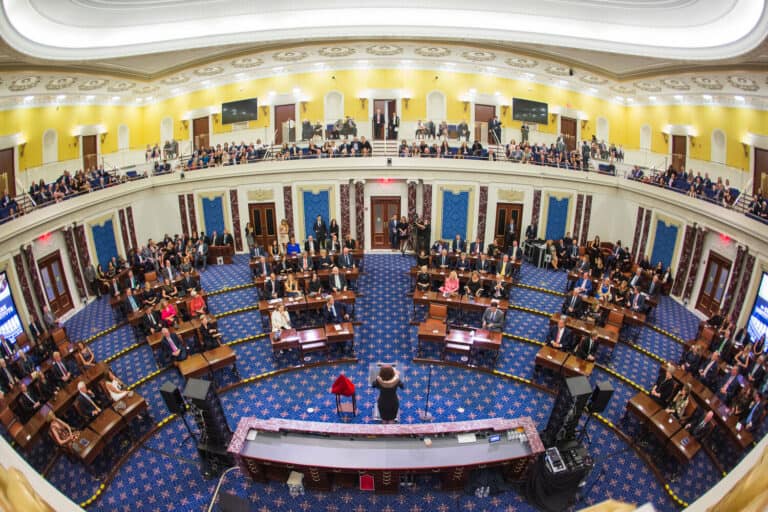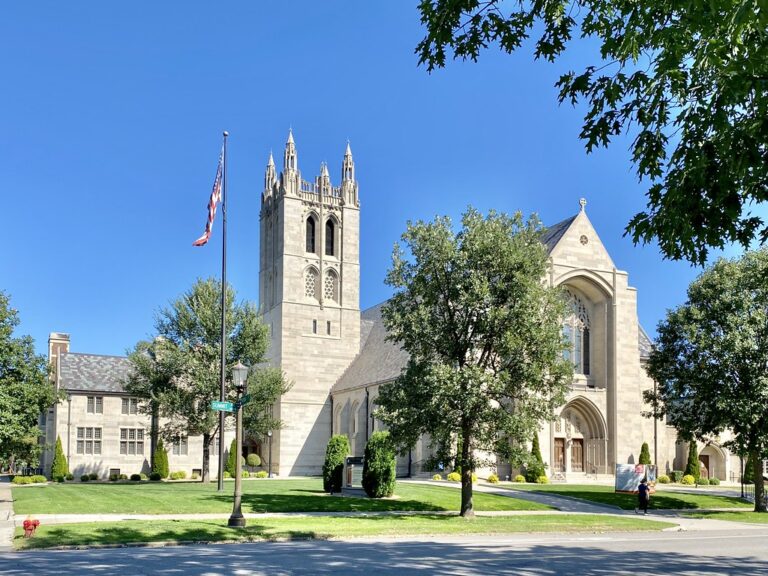This post is the first in a four-part series.
On the morning of February 20, 2015, a large number of inmates at Willacy County Correctional Center, a state prison facility at the southern end of Texas, went on strike. Inmate workers refused to go to work at their assigned jobs in protest over the facility’s poor healthcare conditions. Correctional officers responded and at some point, inmates in one part of the prison seized control and began a standoff against prison officers. The inmates came out of the Kevlar “tent city” that served as their housing and took over the yard. Five hours of negotiations and tear gas ensued before prison officials shut down the uprising.
Within days of the uprising, the correctional center had transferred all 2,834 inmates to other facilities and it was announced that non-inmate workers at Willacy County would likely be laid off. Most of the Willacy inmates are classified as “criminal aliens,” most of them serving time in the prison for crossing the border. The for-profit private contractor Management & Training Corp. (MTC) that operated the correctional center for the Federal Bureau of Prisons for nearly $48 million a year is now under investigation. The investigation follows not only the riot, but also years of complaints from inmates over conditions of the facility and inadequate health care.
In March, MTC announced that the Federal Bureau of Prisons cancelled its contract, according to MTC, “because the prison population has dropped and the beds are no longer needed.” Since then most of the Willacy County Center’s almost 400 employees have been laid off, with only 50 retained as of March 4. The county itself is looking at a large lost payday, to the tune of more the $2 million. Under a fee arrangement, the county had been paid $2.50 per inmate per day by the prison. According to Action 4 News, “last fiscal year, the prison paid the county nearly $2.7 million dollars.”
From one vantage point, the story is much the same as many others of small towns devastated by changes at the big local employer. A town blooms around and becomes dependent on a big business that provides jobs for residents and steady money for local public services. Changes come from the consumer market, or company executives make management decisions that result in large-scale lay offs or permanent plant closure. Many are left without jobs, and the local community loses an important source of revenue. We can map this common story onto the events now transpiring in Willacy County: workers who had been dedicated hard working employees are now suddenly struggling to make ends meet. Luckily, the city currently is not in serious debt, but the “money contributed to one-third of the county’s general fund budget.” The loss of revenue is going to begin to hurt if a new business does not take over the facility.
The local community in Willacy is doing its best to help the suddenly unemployed make swift adjustments to get back to work by hosting job fairs. The Texas Department of Criminal Justice is encouraging the laid off workers to consider re-locating to other parts of Texas to work in corrections by offering a $4000 relocation bonus. But for those with families, and who for personal reasons want to stay in Raymondville, the local town, “moving is not an easy decision.”
The Willacy workers are in a situation many OnLabor readers likely find it easy to empathize with. But another group of workers has a powerful narrative and perspective to contribute to our understanding of this event: the incarcerated workers. After years of documented squalid conditions and poor healthcare, the incarcerated workers at Willacy County used a strike and collective negotiation, the cornerstones of labor activism, to demand better healthcare. These workers, many of them working forty hour work weeks, were seeking fair treatment and benefits from the institution which gains great profit from their labor and their position as prisoners. But, because of our understandings about what it means to be incarcerated, and our assumptions of the rights and amount of dignity due to this class of people, we do not consider incarcerated people to be workers. Even for those committed to the labor and workers’ rights movement, this group of brothers and sisters is sometimes forgotten.
While MTC has released statements asserting that the riot was led by a small number of bad apples, and that the prisoners were satisfied with the medical care that they received at the correctional center, organizations like the ACLU and the American Bar Association bring these claims into serious doubt. The ACLU of Texas is contesting MTC’s statements; in 2012 and 2013, the ACLU sent a delegation to observe prison conditions in the correctional center, and documented shocking abuse and squalid conditions in their report on Criminal Alien Requirement (“CAR”) prisons. This was not the first time that the correctional center had been investigated. In 2008, the American Bar Association sent a similar delegation of representatives to observe the prison, and found that the correctional center was providing inadequate healthcare.
This event raises questions about the intersection of the prisoners’ rights, employment law, labor law, and immigration law, not just at Willacy County but also prisons, jails, and detention centers all over the United States. The impact of the answers to these questions is significant, not just because of the impact on the individual lives of inmate workers and their families, but because the treatment of the law as applied to this large and growing cohort of workers effects and should concern the workers’ rights movement.
Unfortunately, inmate-worker as an occupation is a growth area in the United States. 2.2 million people are currently in the nation’s prisons or jails – “a 500% increase over the past thirty years” according to The Sentencing Project. Said another way, the U.S. incarcerates 716 people for every 100,000 residents, more than any other country. Compulsory work is the norm for incarcerated individuals. All able-bodied sentenced federal prisoners are required to work in the prison, except those who participated full time in education (which is not available for all inmates or in all institutions) or other treatment programs or who were considered security risks.
This begs the question, what are the connections between prisoners’ rights activism, prisons, employment law, labor law, and immigration law? Why aren’t incarcerated workers considered employees for the organizations for which they labor under law? How did the law develop this way? And what are the implications of these questions for workers and economic justice movements? This entry is the first of a four part series, and serves as an initial introduction to the concept of incarcerated workers. Part Two will explore historical roots of prison labor and describe work systems within prisons. Part Three will explore of the law as applied to this group of workers. Part Four will discuss some of the broader implications of our prison “free” labor system.






Daily News & Commentary
Start your day with our roundup of the latest labor developments. See all
October 31
DHS ends work permit renewal grace period; Starbucks strike authorization vote; captive-audience ban case appeal
October 30
Sweden’s Tesla strike enters its third year; Seattle rideshare drivers protest Waymo’s expansion in the city.
October 29
9th Circuit rejects challenge to NLRB's constitutional structure; preemption challenges to state labor peace statutes
October 28
Two federal unions oppose CBA cancellations, another federal union urges Democrats to end the government shut down, and Paramount plans for mass layoffs
October 27
GM and Rivian announce layoffs; Boeing workers reject contract offer.
October 26
California labor unions back Proposition 50; Harvard University officials challenge a union rally; and workers at Boeing prepare to vote on the company’s fifth contract proposal.